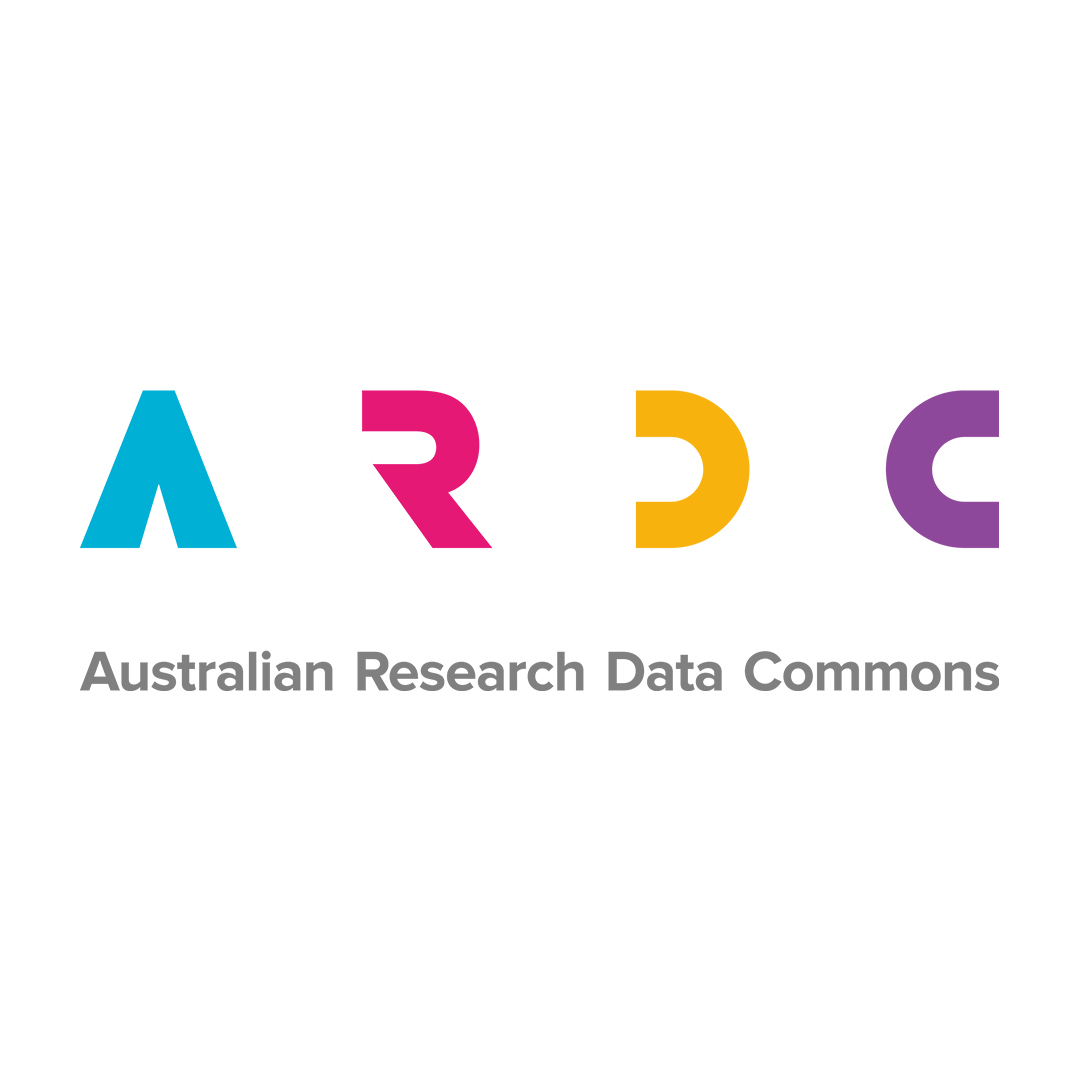Full description
End-stage kidney disease (ESKD) rates for Aboriginal and Torres Strait Islander people in remote areas are up to 30 times higher than the national average. Anaemia is a major complication of ESKD and often exacerbated by iron deficiency. It reduces quality of life and is associated with cardiovascular (CV) events and premature death. Erythropoietin (EPO) is the main agent used to correct anaemia but requires adequate iron stores to work effectively. Both EPO and IV iron are routine treatment for dialysis patients. Blood tests for ferritin and transferrin saturation are used to guide iron therapy. Ferritin is low with iron deficiency, but it is raised with ongoing inflammation or infection. Aboriginal and Torres Strait Islander dialysis patients have co-existing iron deficiency, high ferritin and ongoing inflammation. In this setting, there is no evidence to guide the use of IV iron and we do not understand the balance of benefits and harms of this routinely administered treatment. The primary outcome is a composite outcome measure with: 1. All-cause death 2. Hospitalisation with a principal diagnosis of all-cause infection Data Description • Hospitalisations • Pathology Results • Comorbidities/Medical History • Prescribed medicationsNotes
HeSANDA 1.0.0Collected:
Data time period: 2020 to , 2025 to ,
Spatial Coverage And Location
text: Northern Territory, Australia
User Contributed Tags
Login to tag this record with meaningful keywords to make it easier to discover
Other Information
INFERR-Iron infusion in haemodialysis study: INtravenous iron polymaltose for First Nations Australian patients with high FERRitin levels on haemodialysis—a protocol for a prospective open-label blinded endpoint randomised controlled trial
doi :
http://doi.org/10.1186/s13063-021-05854-w![]()
National Health and Medical Research Council
Crossref Funder ID : https://doi.org/10.13039/501100000925
Identifiers
- DOI : 10.25913/5DS2-JN02



